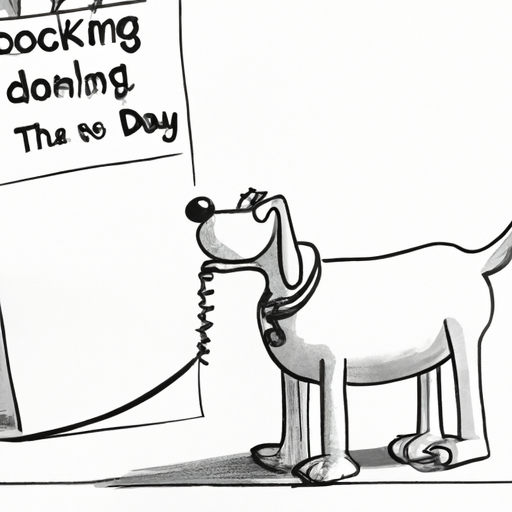As a caregiver, ensuring the health and happiness of your loved ones is of utmost importance. If one of those loved ones is a furry, four-legged friend, you’re probably wondering, “How often should I walk my dog?” The answer, like many things in life, depends on various factors. This comprehensive guide will provide insights and recommendations for your dog’s exercise needs.
Factors Determining Dog Walking Frequency
The frequency of dog walking depends on your dog’s age, breed, and health. Generally, most dogs should be walked at least once a day, but some dogs may require more, such as high-energy breeds or dogs with certain health conditions.
- Age: Puppies usually have a lot of energy and need several short walks, along with their playtime each day. Older dogs, though, may not require as much exercise. Still, they might appreciate shorter, more frequent walks.
- Breed: High-energy dog breeds, such as Border Collies, Australian Shepherds, and Labrador Retrievers, require more exercise than breeds with lower energy levels, like Bulldogs or Basset Hounds.
- Health: Dogs with certain health issues might not be able to handle long walks. If your dog is overweight or has a health condition, it’s best to check with your vet for specific exercise recommendations.
Benefits of Regular Dog Walks
Walking your dog regularly is not just for exercise – it’s also an important aspect of their overall well-being. Here are some of the key benefits:
- Physical Health: Regular walks can help keep your dog’s weight under control, improve their cardiovascular fitness, and boost their digestive and musculoskeletal health.
- Mental Health: Walks can help combat boredom and anxiety by providing mental stimulation. They can sniff, explore, and observe their environment, which is like reading the newspaper for them.
- Behaviour: Regular exercise can help manage some behaviors like digging, excessive barking, chewing, and hyperactivity.
- Bonding Time: Walking together strengthens the bond between you and your dog. It’s a special time for both of you to explore the world together.
Tips for a Good Dog Walk
When walking your dog, it’s not just about the quantity, but also the quality. Here are some tips to help make each walk beneficial:
- Vary Your Routes: Changing up your walking routes will give your dog new environments to explore, keeping their walks interesting and exciting.
- Let Them Sniff: Allow your dog some time to sniff around. This is their way of gathering information about the world around them.
- Use the Right Gear: Use a sturdy leash and harness or collar. Reflective gear is also important for night walks.
- Bring Water and Treats: Always bring water for both you and your dog, especially on longer walks or during hot weather. Treats can be useful for training and rewarding good behavior.
Dog Walking Schedule Sample
| Time | Activity |
|---|---|
| 7 AM | Morning walk |
| 12 PM | Quick midday break in the yard |
| 5 PM | Evening walk |
| 9 PM | Short walk before bed |
This is just a sample schedule. The exact schedule might vary based on your dog’s specific needs and your availability.
When Not to Walk Your Dog
There are also times when it’s not safe to walk your dog. Avoid walking in extreme heat or cold. If the pavement is too hot for your hand, it’s too hot for your dog’s paws. During winter, salt on the roads can harm their paws.
Hiring a Dog Walker
If you can’t walk your dog as often as they need, hiring a professional dog walker can be a good solution. They can provide your dog with the exercise and stimulation they need when you’re not able to do so.
Frequently Asked Questions
Q: How long should each walk last?
A: It depends on your dog’s age, breed, and health. Generally, a good rule of thumb is a minimum of 30 minutes to an hour each day.
Q: Can I walk my dog off-leash?
A: Only walk your dog off-leash in designated areas and if they are well-trained to respond to your commands.
Q: How can I make walks more fun for my dog?
A: You can try varying your routes, letting them meet other dogs, or playing games like fetch during your walks.
Remember, walking isn’t just about exercise – it’s also about bonding and exploring. So, make the most of this special time with your furry friend!



